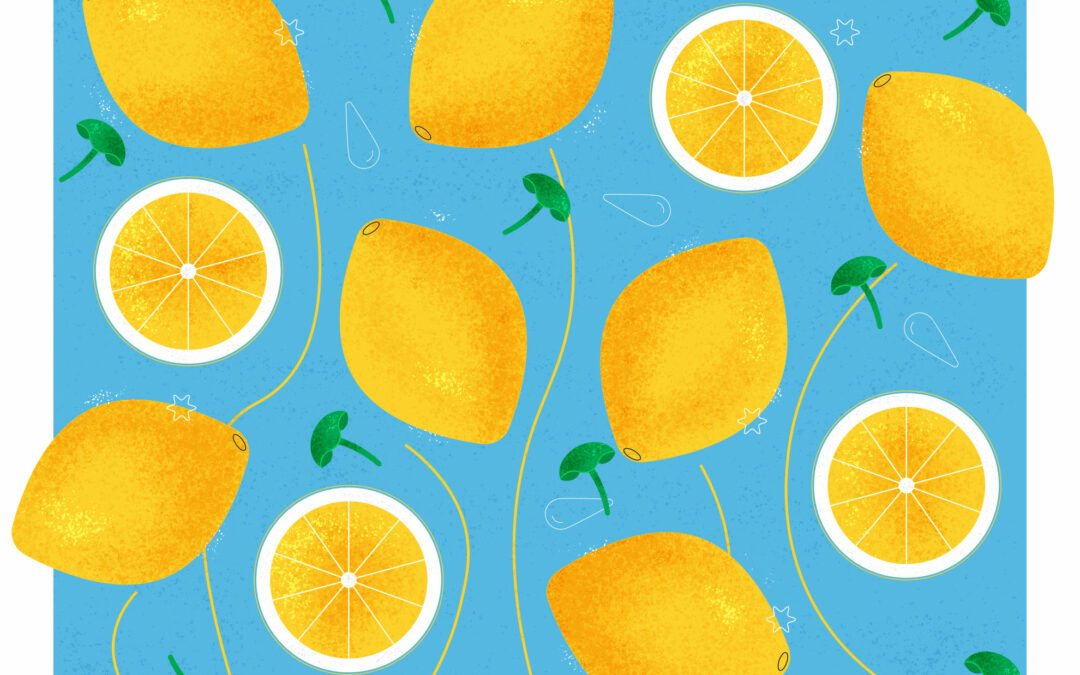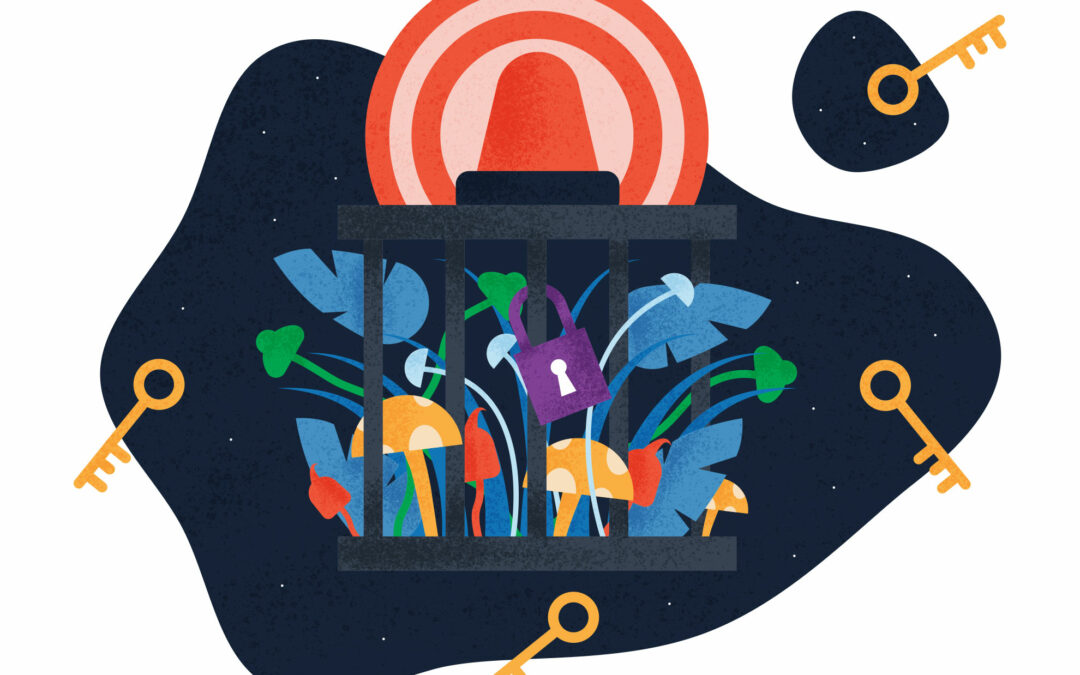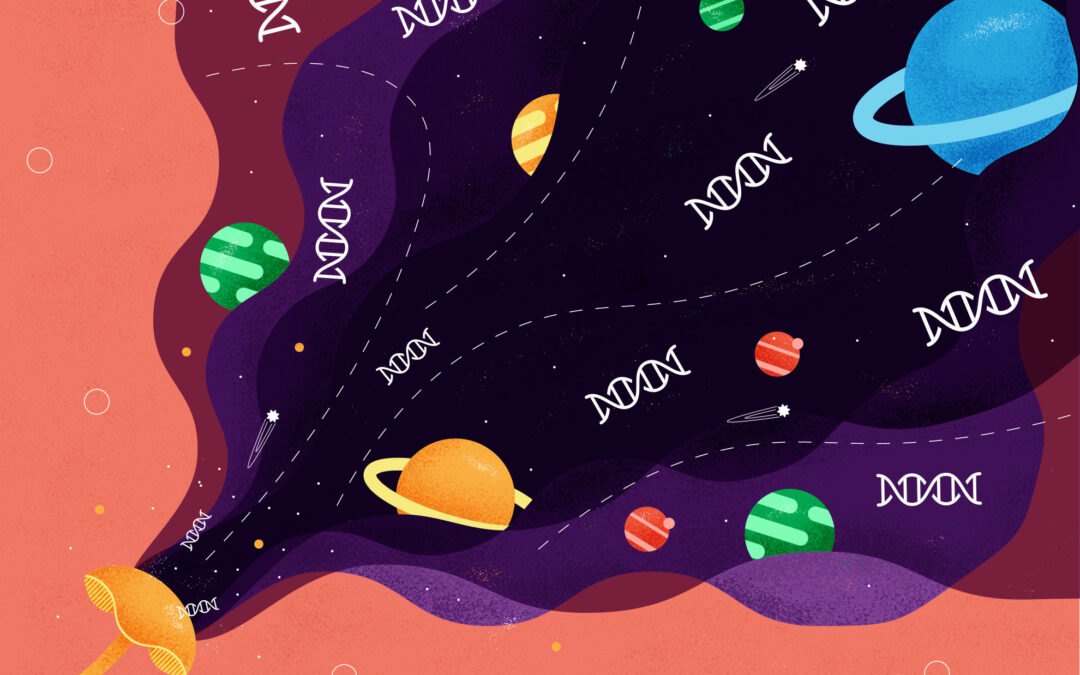
- Extremely potent, contains baeocystin and norbaeocystin
- “Flying saucers” refers to the shape of its golden cap
- Common in “microdosing”, a form of self-medication
- Potential capacity for “bioremediation” of oils and pesticides
- Ease of outdoor cultivation, spore available online
Psilocybe azurescens has a short but fabled history. It was said to have been originally found by Boy Scouts in 1979, while camping in the state of Oregon in the USA. While this species has a very restricted natural range, only found in the Pacific Northwest of America, it is generally regarded as one of the most potent mushrooms available.
Along with P. subaeruginosa, this species has very high levels of many active compounds. Psilocybin, psilocin, baeocystin and norbaeocystin are all found in quantities that are two- to three-fold higher than the popular P. cubensis. This makes only one gram of dried material a potentially very large dose; those ingesting P. azurescens will be grateful, as the species is known to have an extremely bitter taste hidden by a mild scent.
Known as “flying saucers” due to their unique shape, these fungi have a relatively variable size and appearance. While usually small compared to other species of Psilocybe, they can grow up to ten centimetres across on the cap and twenty centimetres tall. These variable caps are prone to pitting or dark spots with age, with the even edges becoming irregular and eroded. Further, they are sticky or slippery when wet, making their collection after rainfall or morning dew difficult.
They are often recognized by their intensely golden-coloured cap as well as the presence of a distinct but broad umbo. The umbo is one of the few ways to differentiate P. azurescens from its cousin P. cyanescens, which lacks it. Both have strong bluing reactions to handling or damage, a common feature of most Psilocybe species.
P. azurescens has a few other distinct features that are able to assist in its identification. The stipe is hollow, more-so with age, and usually has some twists or turns along its length, with bends or curves common near the base. Near its attachment to the ground, aerial mycelium is common, often blue due to its exposure to light. Alongside, rhizoids frequently are found, root-like structures of modified mycelium.
These rhizoids, along with a generally tight and strong mycelium, allows P. azurescens to hold together clumps of its substrate like the roots of a plant. This suits their preference of habitat, usually loose and decaying wood or in sandy soils near dunes and sea grasses. These specific grasses that are frequently found near P. azurescens provide an ample source of tryptamine, the precursor for all the alkaloids produced by Psilocybe species.
They are commonly found in bunches or clusters, though may occasionally be found alone. They are native to the western American states of Oregon, California and Washington, especially near the Colombia River delta. Likely due to amateur outdoor cultivation, a few small, stable feral colonies of P. azurescens have even been identified in Germany as early as 2001. While it can be considered as an invasive species, it has been suggested that P. azurescens has a capacity for “bioremediation”; it may be able to absorb or transform various toxins from oils to pesticides.
Being able to grow in “contaminated” areas, as well as most temperate zones with the correct substrate, P. azurescens is a common choice for those cultivating mushrooms outdoors. They are generally considered easy to moderate in their difficulty to grow and their spores are readily available online given local legality on shipping. They are hardy and actually prefer colder weather, their preference of 16-24°C makes most of Europe and America amenable to their cultivation.
After incubation indoors, mycelium of P. azurescens can be distributed outdoors among wood-chips or other substrates. The most vigorous and consistent growth has been demonstrated on the chips or mulch of hardwood, specifically Alder. If maintained and tended carefully, mushrooms can re-appear year after year from the same mycelium, producing bunches that can be harvested two to three times throughout the season. Once dried appropriately, a patch as small as a square metre could provide adequate output to sustain consumption all year, especially due to their potency.
Potentially because of the sheer amount and number of alkaloids in P. azurescens, there is some anecdotal evidence that suggests a temporary “paralysis” may occur in some users. This seems to only occur in those taking high doses; oddly enough, it is usually transient and can be separated from a feeling of being “shroomed-out”. Aside from potential negative effects, the potency of P. azurescens makes them a highly suitable candidate species for a concept known as “microdosing”.
Microdosing was originated among some users of LSD, the concept being that sub-threshold doses (0.1-0.2 g for P. azurescens) of hallucinogens may provide some other subtler effects. While this is an illegal (in most countries) form of self-medication and cannot be suggested, there are instances of benefit in anecdotes. Rigorous testing or research has not yet been approached, though consumers have found relief from chronic pain, mood swings associated with bipolar disorder, and suicidal ideation.
P. azurescens is a relatively recent discovery that is quickly becoming known on many fronts. Its potency makes it popular among those seeking an intense experience, its active compounds make it amenable to therapeutic or medical uses, its ease of cultivation makes it a suitable choice for amateurs, and its possible links to bioremediation make it a target for curious environmentalists. Regardless of the community, there is no doubt that the popularity of P. azurescens is still growing.
Stamets and Gartz. “A new caerulescent Psilocybe from the Pacific Coast of Northwestern North America”. Integration 6. 1995
Johnstad, Petter Grahl. “Powerful substances in tiny amounts: An interview study of psychedelic microdosing.” Nordic Studies on Alcohol and Drugs 35.1 (2018): 39-51.
Andersson, Martin, Mari Persson, and Anette Kjellgren. “Psychoactive substances as a last resort—a qualitative study of self-treatment of migraine and cluster headaches.” Harm reduction journal 14.1 (2017): 60.









